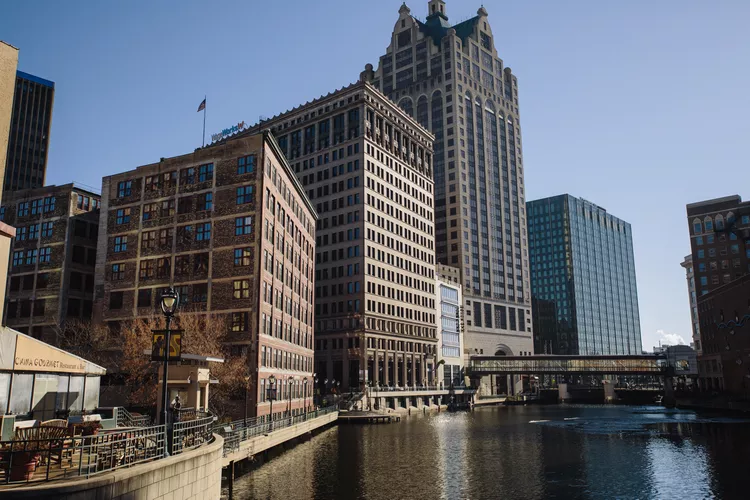Fast Facts about the Milwaukee River
The Milwaukee River is a vital aspect of our city that often goes unnoticed. Many inhabitants traverse over the river frequently, yet rarely acknowledge its significance—unless, of course, traffic halts while a bridge raises for a passing boat. Acknowledging the Milwaukee River is essential as it plays a crucial role in the city’s foundation.
Originating in Fond du Lac County, the Milwaukee River gains flow from three branches: the west, east, and south branches. Spanning approximately 100 miles, this river meanders south and east through areas like West Bend, Fredonia, and Saukville, before taking a more direct route south through Grafton and Thiensville, ultimately leading to the lakeshore communities of the City of Milwaukee. Along the way, it collects water from numerous tributaries and eventually converges with the Menomonee and Kinnickinnic Rivers at the Port of Milwaukee.
The city’s name, Milwaukee, is derived from the river itself, although its meaning is debated. According to the Wisconsin Historical Society’s Dictionary of Wisconsin History, Milwaukee may signify “council place,” stemming from its historical importance as a gathering location for Native Americans. While some suggest Potawatomi origins implying “good land,” others attribute the name to a combination of the old river name “Mellioke” and “Mahn-a-waukke,” meaning a gathering site.
Moreover, the river was pivotal in catalyzing the establishment of early settlements. In John Gurda’s book, “The Making of Milwaukee,” it is emphasized that water access was integral to the city’s development. The convergence of the Milwaukee, Menominee, Root Rivers, and Oak Creek rendered the area ideal for navigation. This attracted fur traders drawn by the native population and the inland access these waterways provided. Over time, the harbor itself improved considerably, with enhancements like a new entrance and breakwater, in addition to dredging and widening of the port rivers.

The Milwaukee River Today
Historically, the Milwaukee River faced severe health challenges due to pollution from agricultural, municipal, and industrial sources, compounded by a series of dams and habitat alterations. Consequently, the river was in poor condition. However, there has been a significant turnaround as various community organizations have united over the past few decades to rehabilitate this vital waterway. The positive outcomes of these efforts are notable; for instance, just a decade ago, much of the river remained hidden in downtown and its adjacent neighborhoods due to neglected riverbanks and industrial development obstructing views. Nevertheless, the cleanup initiatives, such as the Milwaukee RiverWalk project, have restored public access and greatly enhanced aesthetics in previously blighted regions.





